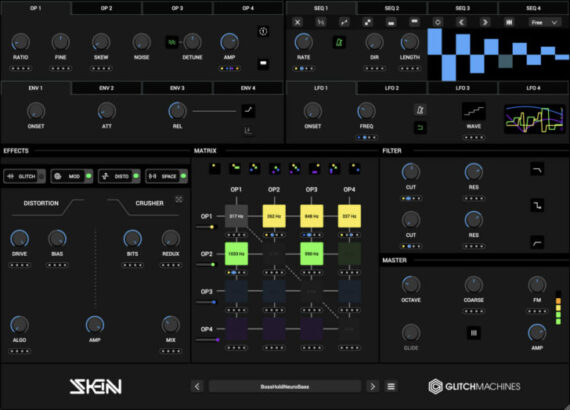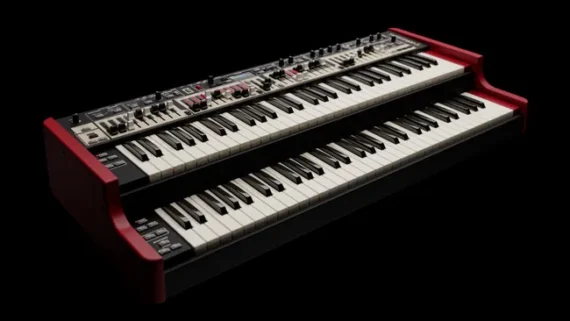How To Program Yamaha CS-80 Synthesizer

Synthesist Andy Whitmore – In his latest video – demonstrates how to program the classic Yamaha CS-80 synthesizer.
Whitmore discusses how each control on the CS-80 affects its sound, and how patch memory works on the classic synth. He also covers how to use the CS-80’s performance controls:
Video Summary:
“Master the Yamaha CS-80 with this in-depth programming guide! Explore filters, ADSR, LFO, aftertouch, ring modulator, chorus, tremolo, and presets to unlock its legendary sound.
Discover the secrets of the iconic Yamaha CS-80 in this comprehensive tutorial. We break down every control, slider, and button to help you understand its powerful features. Learn how to program its legendary filters, ADSR, LFO, aftertouch, ring modulator, brilliance, tremolo, and presets. Whether you own a CS-80 or use one of the famous CS-80 Clones (Arturia, Softube, Cherry Audio GX80), this video is your ultimate guide to this classic synthesiser.”
Topics covered:
0:00 – Introduction
0:38 – Patch memories: How they work on both sound banks
2:19 – Pulse width and sawtooth waveforms
3:05 – LFO and noise settings in the sound bank
3:27 – High-pass and low-pass filters
4:18 – CS-80 filter and ADSR (Attack, Decay, Sustain, Release)
4:52 – Sub-oscillator and amplifier ADSR
5:38 – Sound Bank 1: Aftertouch features
6:03 – Programming a brass pad sound
6:54 – Aftertouch filter (global controls)
7:13 – Keyboard volume and brilliance controls
8:12 – Global brilliance (cutoff frequency) and resonance
8:49 – Aftertouch modulation
9:03 – Global sustain settings
9:28 – Sub-oscillator (LFO) functionality
10:15 – Ring modulator: Exploring the feature
11:01 – “Doctor Who” intro sound design
11:23 – Ring modulator with four LFOs simultaneously
12:02 – Chorus effect
12:13 – Tremolo effect
12:21 – Glissando and portamento features
13:12 – Programming a bell sound
13:39 – Combining oscillators with the sub-oscillator: Creating brittle yet warm sounds
14:09 – Explanation of the two sound banks
15:03 – Summary and application to CS-80 simulations




